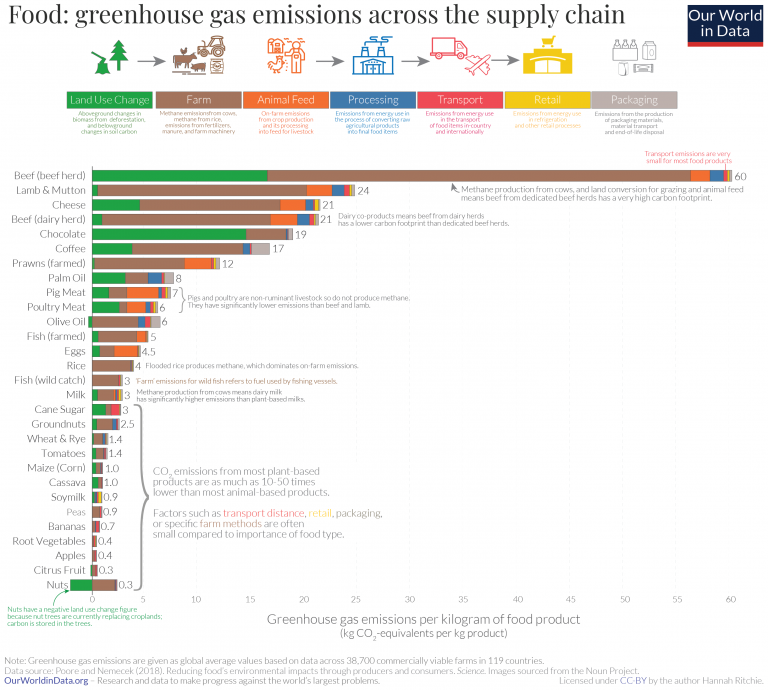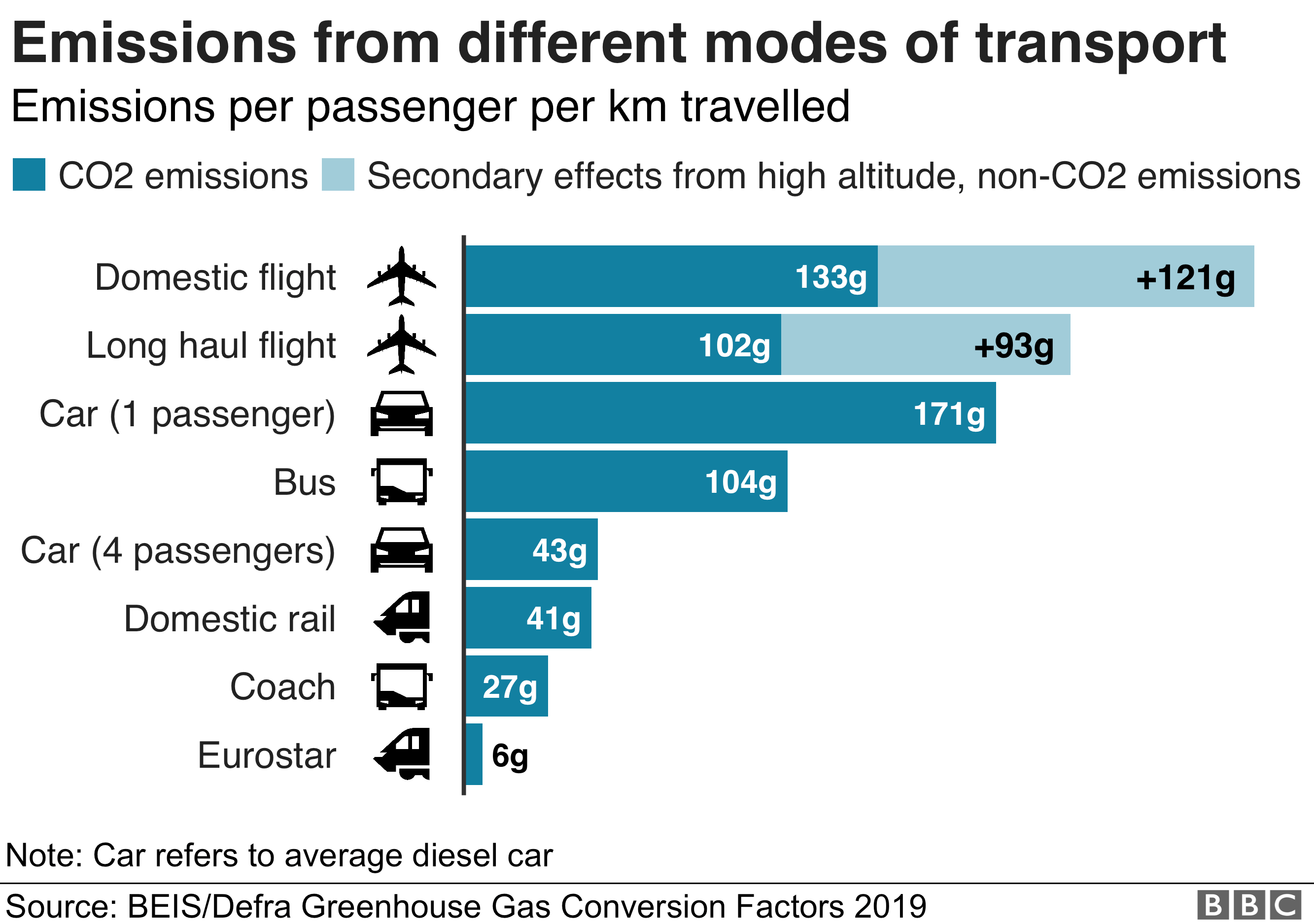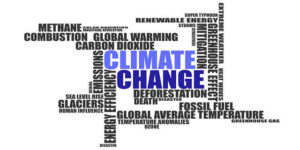In this article we discuss 15 simple ways to tackle climate change/global warming at personal level. Despite some people may claim that there is nothing that can be done at a personal level to fight climate change, there is a study presented in 2020 that affirms the complete opposite. According to the results in this paper, two thirds of our greenhouse gases (GHG) emissions come from domestic consumptions. These emissions are related to what they call our “carbon footprint” (CF), which is basically an indicator that calculates all the carbon (CO2e) emissions generated in the processes related to our daily habits.
In this article, 15 actions that could be made at a personal level to tackle climate change will be presented.
1. Switch to an EV vehicle
Electric vehicles have a huge GHG emissions reduction potential. Of course, its impact will be more or less depending on how much we use our vehicles in a time period. Moreover, the electricity mix is also crucial for our carbon reduction, with the highest reduction being achieved when the energy used to charge these vehicles is obtained from renewable or clean sources.
2. Shift to renewables at home
Most of our houses are powered with electricity obtained thought fossil fuels burning (oil, gas or coal). Many countries now offer the chance to switch our energy supply to companies that produce their energy through renewable sources. In most places these sources may be solar or wind, according to the geographical conditions from where the energy is obtained.
3. Reduce red meat consumption
Believe or not, our diet has a huge impact in our CF. Image 1 shows the CO2e emissions generated per kg of a variety of foods consumed worldwide. First in the list, with the higher emissions (by far) is red meat. 60 kg of CO2e are emitted per each kg of red meat we consume, with most of these emissions related to the animals farming. This is due to the methane (CH4) emissions released by cows during the enteric fermentation that takes place in their digestive system. So a great way to tackle climate change without making huge efforts would be reducing our red meat consumption and choose low-carbon foods instead.
Image 1: Carbon emissions of foods. Source: Our world in data
4. Switch to public transport
For every km we drive in an average diesel car 171g of CO2e are emitted to the atmosphere. When we use public transport only 104g of CO2e are emitted for every km. So, if instead of travelling by car we travel in public transport (bus), we have a potential of reducing almost in half those carbon emissions.
Image 2. Source: BBC
5. Reduce flight transport for short/median distances
Nowadays, it may be impossible (or very time-inefficient) to make a long trip in a different transport than air. So what we could do to reduce our CF during our holidays is to reduce the amount of flights we take for short or median distances. When we travel by plane, the CO2e emissions are twice as much as if we took a bus, but if we share a car or took a rail we could reduce as much as 6 times our carbon emissions (Image 2)!
Isn’t that an easy way to prevent climate change?
6. Buy local and seasonal food
When food is transported to a different country, not only CO2 is emitted due to the energy consumed in the transport, but also in the conditioning (cooling) of these veggies or fruits to get them in the best conditions possible. Also, when we buy seasonal food, additional heating or lightening is not required for their growth.
7. Carpooling
Carpooling or car sharing is a great option too if we want to reduce our CF. When we share a car with 3 other people (meaning 4 people travelling in 1 car), we are also sharing our carbon emissions, which otherwise will be 4 times higher for the same trip.
8. Work at home
Working at home also saves all the carbon emission from our car, bus or train transport. According to a study made in Australia in 2009, home office is effective with only reducing a 0-9-2.5% the distance travelled to go to work (the range depends on the quality of video-conferences, internet connection at home etc.). In this study, all energy consumptions at home (electricity for internet, computer, etc.) were measured and compared to the same consumptions at the office and the energy consumed in the transport when travelling to work. They concluded that in order to reduce our carbon emissions, the home-office option is always the greener one.
9. Reduce food waste
Food waste treatment and disposal accounts for 3% of GHG emissions worldwide. And according to the World’s Bank report “What a waste 2.0”, 44% of that waste is Food and greens. Of course this percentage is not all generated within households but through all the food life cycle. But if we reduce the amount of food waste at home, for sure we will be reducing a good part of this GHG emissions.
10. Reduce packaging
Nearly 50% of all plastics we consume are single-use plastics. And of all plastic produced in the world, only 9% is recycled.
As we all know, huge amounts of plastics that do not get recycled end up in oceans every year. And thought this is not directly related to climate change emissions, plastics that end up in landfills do contribute to them. So if only we reduce or use reusable packaging whenever we can, we could prevent some of that 89% of plastics going to a landfill or to an ocean.
11. Improve cooking equipment
This is related to the cooking methods we use and how we fuel our equipment. We could also choose cookware options that are best for the environment like more durable ones. Also, you could check before buying them whether they are accepted or not in recycling facilities (like steel cookware, for example).
In a study presented in 2015 all carbon savings potentials in the food chain are presented. Regarding the cooking stage, the most relevant actions are the use of improved wood stoves and biogas, minimizing the use of oven, putting lids on saucepans and cut the use of oven for individual portions.
12. Improve thermal insulation of home appliances
According to a study presented by Slovenian scientists in 2018, we can significantly reduce the environmental impact of many products just by improving their design. This applies particularly for insulation materials in products or appliances we need to be kept at cold or warm temperatures (for example, refrigerators). The study concluded that the materials with the lower CF (they used GWP as an indicator) is wood wool and expanded polystyrene (EPS) materials.
13. Switch to a smaller car
Smaller car consumes less fuel per km, so their carbon emissions could be much lower as well if we chose the smaller versions. In Image 3 we can see how emissions can be cut by half only by switching from a luxury to a smaller car.
Image 3: Life emissions for different types of cars (from left to right): electric, luxury, small. Source: Streets MN
14. Use active transportation
Use active transportation means walking or biking to work instead of using another form of transport like bus or car. By choosing this way to travel, even if it is only 1 or 2 times a week, we could also reduce the emissions that buses or cars generate for the same trip.
15. Eat organic food (15 Simple Ways to Tackle Climate Change)
Heavy fertilizers and chemicals applied to crops in conventional agriculture are very damaging for the soil, and they also eliminate the soil’s carbon storage capacity. This means that in organic plantations not only carbon is sequestered by trees but also by the soil because its capacity has not been damaged. According to a Canadian study, organic foods do have a lower GHG emissions and energy use per ha-1 cultivated.
Briefly these are 15 Simple Ways to Tackle Climate Change at personal level.
-Belén Silva
.
.
References
Ivanova, D., Barret, J., Wiedenhofer, D., Macura, B., Callaghan, M., Creutzig, F., Quantifying the potential for climate change mitigation of consumption options, Environmental Research Letters, 2020.
Baliga, J., Hinton, K., Ayre, R., Tucker, R.S., Carbon footprint of the internet, Telecomunications Journal of Australia, 2009
Xu, Z., Sun, D., Zeng, X., Liu, D., Pu, H. Research Developments in Methods to Reduce the Carbon Footprint of the Food System: A Review, Critical Reviews in Food Science and Nutrition, 2015.
Dovjak, M., Markelk, J., Kunic, R., Embodied global warming potential of different thermal insulation materials for industrial products, ARPN Journal of Engineering and Applied Sciences, 2018
Lynch, D.H., MacRae, R., Martin, R.C., The Carbon and Global Warming Potential Impacts of Organic Farming: Does It Have a Significant Role in an Energy Constrained World?, Sustainability, 2011.










